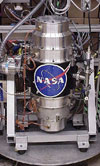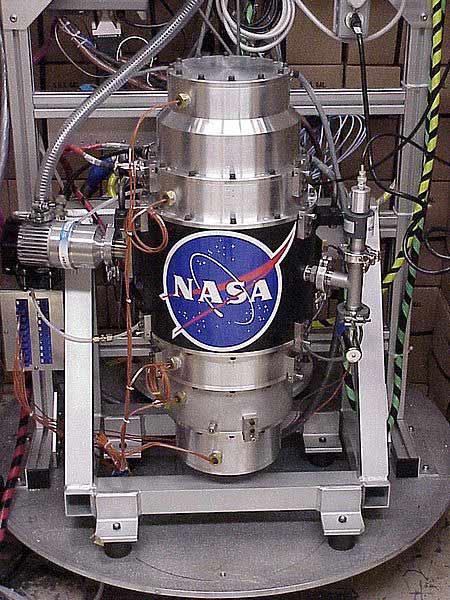Alternative energy: flywheel batteries
 The subject of 'alternative energy' is soon to be covered in the pages of RET magazine (issue 53), and will cover various technologies aimed at making motor racing more environmentally friendly.
The subject of 'alternative energy' is soon to be covered in the pages of RET magazine (issue 53), and will cover various technologies aimed at making motor racing more environmentally friendly.
One very topical subject is that of the various hybrid technologies that seek to make our race vehicles more efficient by storing and re-using the kinetic energy normally converted to heat under braking. This is being very actively developed by roadcar manufacturers - for example in the Toyota Prius which, while not being the prettiest child in school, is beloved of many high-profile people who would like to portray a 'greener' image. Honda has recently introduced its latest hybrid, and this looks more like a car that people will want to drive.
Both vehicles are what are known as 'petrol-electric hybrids'. While the technology can also be applied to a diesel to improve fuel economy, the costs of a hybrid-equipped diesel have been considered to be too high, although Peugeot has recently introduced such a car.
These vehicles store energy recovered from braking in a battery, most commonly a battery made up of lithium-ion cells. This behaves much as would a normal car battery, but these hybrid batteries have a much greater energy storage capacity and run at much higher voltage. One problem associated with many types of battery is that of ageing, especially when they are cycled between full charge and full discharge. Race systems generally accept shorter life as a compromise for being able to use all of the battery's capability and therefore use the minimum mass of battery. Lithium-ion cell technology is improving all of the time, but cell ageing is one problem that continues to worry customers in the mainstream production automotive sector.
There are alternatives to the chemical storage offered by lithium-ion cells, and one of these is the 'flywheel battery'. Those who read Race Engine Technology and some other engineering publications can't have failed to notice the articles on Flybrid Systems' pure mechanical KERS system, which uses a flywheel to store energy. Ricardo also has a flywheel-based system.
An electromechanical system, linking a flywheel to a motor/generator can store kinetic energy in a rotating flywheel, and this can be fully charged and discharged without any ageing effect causing loss of performance over time. Williams Hybrid Power has a novel system where the motor/generator rotor is a filament-wound carbon fibre flywheel that is 'doped' with magnetic particles, although the more conventional application is to drive the flywheel via a conventional motor/generator.

NASA has been developing this technology for space-flight applications, as the performance of the system is, compared to battery technology, relatively insensitive to temperature fluctuations and offers an advantage in usable energy storage per unit mass. Closer to home, you may have an electromechanical flywheel storage system in the building where you work. They have been popular for many years in uninterruptible power supplies (UPS) for PC and server applications.
One disadvantage of purely mechanical flywheel-based hybrid systems on racecars is the packaging constraints, owing to the fact that the flywheel and constantly variable transmission need to be mounted to the engine or vehicle transmission, depending on where the energy is 'harvested' or redeployed. Electrical systems need only mount the motor/generator at this point, allowing more flexibility in packaging. Electromechanical systems, where the flywheel energy storage is mounted remotely, offer the combination of energy-dense storage but with flexibility in terms of car packaging.
Fig. 1 - NASA has developed 'flywheel battery' energy storage for space-flight applications
Written by Wayne Ward